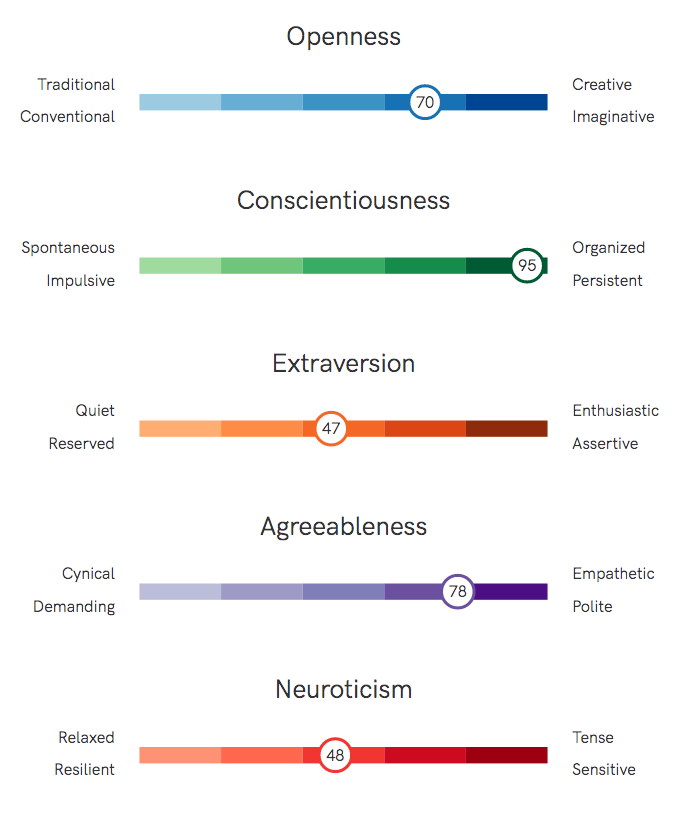The Barnum Effect fools us into seeing the obvious as remarkable.
Reading time: 5 minutes

Gregory Park, Ph.D.
Author
The Barnum Effect refers to the tendency for people to judge vague, general statements as accurate, unique descriptions of themselves.
Named after the notorious hoax promoter P. T. Barnum, this effect explains the perceived accuracy of several pseudo-scientific personality assessments as well as astrological readings, horoscopes, palm reading, and other forms of mystical insight.1
The best illustration of the Barnum Effect comes from a clever demonstration by Bertram Forer, published in a 1949 article titled The Fallacy of Personal Validation: A Classroom Demonstration of Gullibility.2
Forer asked 39 students to complete a bogus personality assessment, the “Diagnostic Interest Blank”, which he claimed would “reveal personal motivational factors in perceptual selectivity.” Their answers, Forer explained, would be read by a trained psychologist, who would use them to generate precise, intimate personality descriptions for each student.
One week later, Forer presented the students with the results. Each student received their specialized personality description: 13 statements describing deeply personal details of their inner life.
The students were amazed by the results. Forer asked his students to rate the assessment on a scale of 0 to 5, with 5 indicating perfection. On average, students rated it an outstanding 4.3 out of 5!
After collecting the students’ glowing reviews of the assessment, Forer revealed the catch: every student received the same results.
That’s right – every student received an identical set of 13 statements describing their personality, which Forer confessed to copying from a newsstand astrology book. Here are the original statements:
Forer described these statements as having “universal validity” because they apply equally to nearly everyone. While these statements are accurate descriptions of each individual, they do not meaningfully distinguish the individual from anyone else.
The trick here is that most individuals only recognize these statements as good descriptions of themselves but fail to realize that everyone else does, too.3
Many, if not most, individuals are able to recognize the characteristics in themselves — when it is not to their disadvantage — while oblivious to their presence in others.
Bertram Forer on the Fallacy of Personal Validation
In his 1949 publication, Forer drew two distinct conclusions about this effect that still apply today.
First, most people are easily fooled by “universally valid” statements, leading them to endorse a bogus or generic description as accurate and specific.
At the heart of this fallacy is the tendency to underestimate how ordinary and universal many thoughts and experiences genuinely are.
For example, consider one of the statements from Forer’s study, “You have found it unwise to be too frank in revealing yourself to others.” Almost everyone has had this thought, so it is an accurate description of most people.
But accuracy alone does not make a description valuable. It must also clearly distinguish the individual from other people.
Because it describes such an ordinary quality, it is as useless as the statement, “You have skin covering most of your body.” While the presence of skin on most people is easily observable, their thoughts are not.
The Barnum Effect takes advantage of people’s tendency to underestimate these common but unobservable qualities, like thoughts, fears, and desires.

Ready to see yourself clearly?
See an incredibly detailed analysis of your unique traits, strengths, and interests
Second, and often overlooked, Forer concluded that we should not rely on the perceived accuracy of an assessment as evidence of its validity.
Remember that Forer’s bogus assessment was rated an impressive 4.3 out of 5 by his students.
In today’s world, where we check customer ratings before most online purchases, most people would consider that 4.3 as reassuring proof that the assessment is valid and accurate.
The easiest way to boost the customer ratings of your assessment is to fill the resulting personality descriptions with vague, generic, and positive statements while avoiding any quantitative measures that concretely distinguish people from each other.
Once you understand the Barnum Effect, you can see how the worst assessments can often have the highest customer ratings.
First, when reviewing the results of a personality assessment, closely read the results and look for “universally valid” statements. Ask yourself a few questions:
If you find yourself answering yes to most of these questions, you should be skeptical.
Second, avoid evaluating assessments by customer ratings, as these ratings are likely evidence of the Barnum Effect at work. Rather than rely on customer ratings, check whether the assessment or the underlying theory, appears in published, peer-reviewed, scientific research.
This check is relatively easy now, thanks to Google Scholar. If it’s a valid assessment, your search should yield hundreds of recent results, indicating that it is a valuable tool in modern research. If you only see sparse or outdated results, again, you should be very skeptical.
For an example of a well-established, validated, and quantitative personality assessment, try the free assessment here at TraitLab. It’s built on top of the Big Five framework, which is backed by decades of published research.
P. T. Barnum is quoted as saying that “a sucker is born every minute.” Now that you’re armed with knowledge of the Barnum Effect, you won’t have to stay that way.
1: The earliest mention of this effect is in psychologist Paul E. Meehl’s 1955 Presidential Address to the Midwestern Psychological Association, in which Meehl quotes an unpublished manuscript by psychologist Donald G. Paterson, who refers to “personality description after the manner of P. T. Barnum.”
2: You may also see this phenomenon called the “Forer Effect” for this reason.
3: For a modern demonstration of the Barnum Effect, see this PBS NOVA segment where James Randi gives astrology readings.